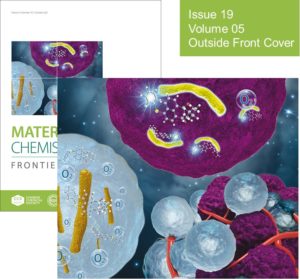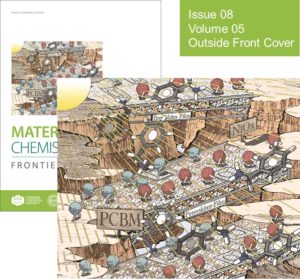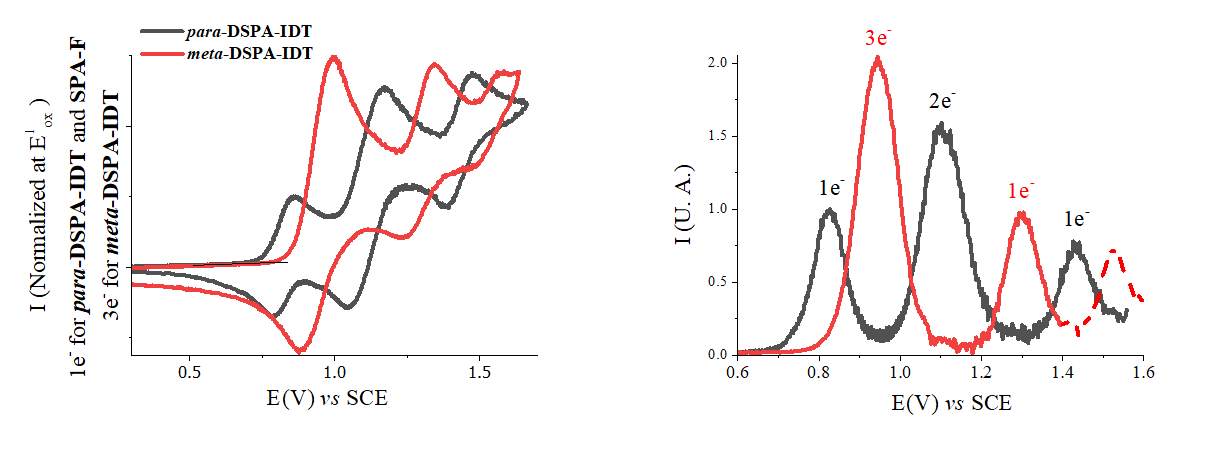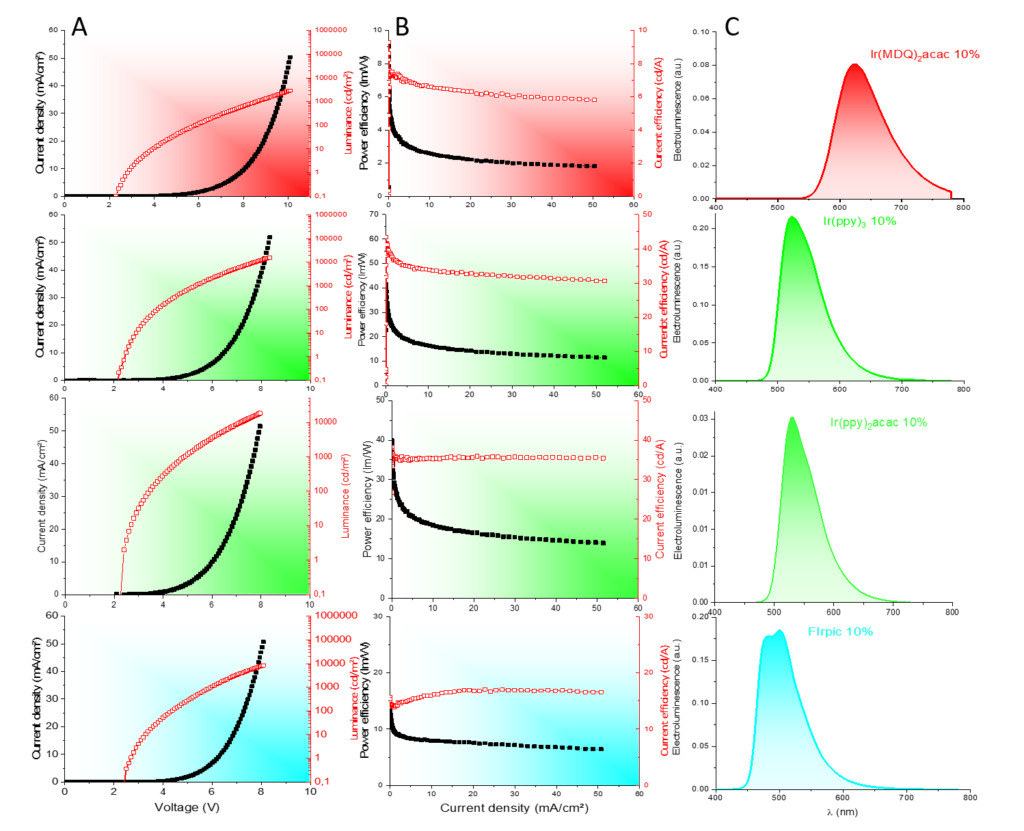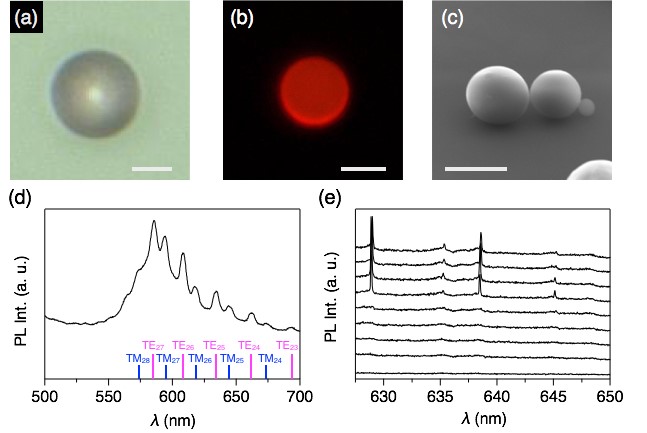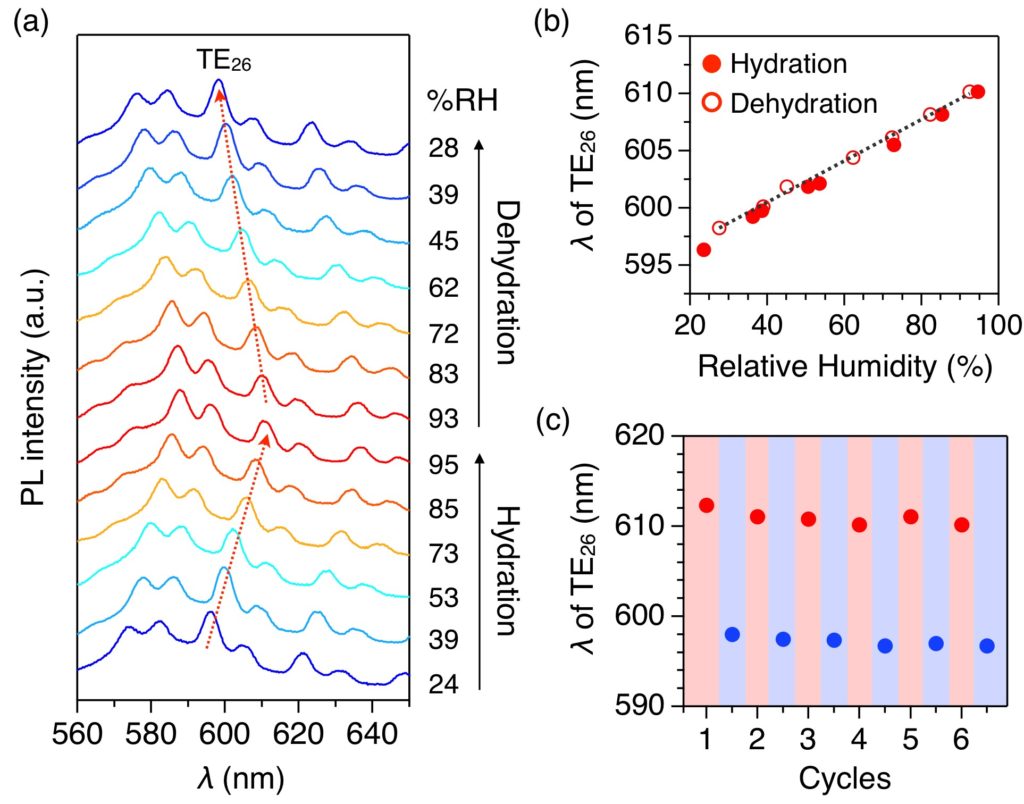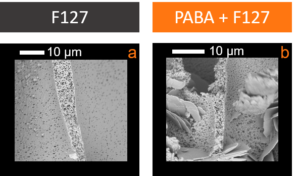We are delighted to share with you a collection of articles from Materials Chemistry Frontiers and Organic Chemistry Frontiers to showcase the key findings and breakthroughs in the field of functional conjugated organic molecules, including the synthesis of the conjugated systems, their properties and applications. This collection is free to access till Jun 19th 2020.
Reviews
Figuration of bowl-shaped π-conjugated molecules: properties and functions
Masaichi Saito, Hiroshi Shinokubo and Hidehiro Sakurai
Mater. Chem. Front., 2018,2, 635-661
https://doi.org/10.1039/C7QM00593H
Design strategies of n-type conjugated polymers for organic thin-film transistors
Ying Sui, Yunfeng Deng, Tian Du, Yibo Shi and Yanhou Geng
Mater. Chem. Front., 2019,3, 1932-1951
https://doi.org/10.1039/C9QM00382G
Research articles
Modulation of luminescence chromic behaviors and environment-responsive intensity changes by substituents in bis-o-carborane-substituted conjugated molecules
Hiroki Mori, Kenta Nishino, Keisuke Wada, Yasuhiro Morisaki, Kazuo Tanaka and Yoshiki Chujo
Mater. Chem. Front., 2018,2, 573-579
https://doi.org/10.1039/C7QM00486A
Enhancement of intra- and inter-molecular π-conjugated effects for a non-fullerene acceptor to achieve high-efficiency organic solar cells with an extended photoresponse range and optimized morphology
Ning Wang, Lingling Zhan, Shuixing Li, Minmin Shi, Tsz-Ki Lau, Xinhui Lu, Rafi Shikler, Chang-Zhi Li and Hongzheng Chen
Mater. Chem. Front., 2018,2, 2006-2012
https://doi.org/10.1039/C8QM00318A
One-step rapid synthesis of π-conjugated large oligomers via C–H activation coupling
Shi-Yong Liu, Di-Gang Wang, Ai-Guo Zhong and He-Rui Wen
Org. Chem. Front., 2018,5, 653-661
https://doi.org/10.1039/C7QO00960G
Folate-conjugated and pH-triggered doxorubicin and paclitaxel co-delivery micellar system for targeted anticancer drug delivery
Lijing Niu, Feiyan Zhu, Bowen Li, Lingling Zhao, Hongze Liang, Yinghua Yan and Hui Tan
Mater. Chem. Front., 2018,2, 1529-1538
https://doi.org/10.1039/C8QM00217G
Influence of catalytic systems in Stille polymerization on the electrochromic performance of diketopyrrolopyrrole-based conjugated polymers
Wei Teng Neo, Qun Ye, Zugui Shi, Soo-Jin Chua and Jianwei Xu
Mater. Chem. Front., 2018,2, 331-337
https://doi.org/10.1039/C7QM00377C
Highly efficient transformation of linear poly(phenylene ethynylene)s into zigzag-shaped π-conjugated microporous polymers through boron-mediated alkyne benzannulation
Yoshiaki Shoji, Minsu Hwang, Haruka Sugiyama, Fumitaka Ishiwari, Kumiko Takenouchi, Ryota Osuga, Junko N. Kondo, Shigenori Fujikawa and Takanori Fukushima
Mater. Chem. Front., 2018,2, 807-814
https://doi.org/10.1039/C7QM00582B
Conjugated molecular dyads with diketopyrrolopyrrole-based conjugated backbones for single-component organic solar cells
Dongdong Xia, Fan Yang, Junyu Li, Cheng Li and Weiwei Li
Mater. Chem. Front., 2019,3, 1565-1573
https://doi.org/10.1039/C9QM00238C
Preparation of bright-emissive hybrid materials based on light-harvesting POSS having radially integrated luminophores and commercial π-conjugated polymers
Masayuki Gon, Keita Sato, Keigo Kato, Kazuo Tanaka and Yoshiki Chujo
Mater. Chem. Front., 2019,3, 314-320
https://doi.org/10.1039/C8QM00518D
Fused donor–acceptor π-conjugated diazatruxenones: synthesis and electronic properties
Angela Benito-Hernández, Mardia T. El-Sayed, Juan T. López Navarrete, M. Carmen Ruiz Delgado and Berta Gómez-Lor
Org. Chem. Front., 2018,5, 1748-1755
https://doi.org/10.1039/C8QO00122G
Orthogonally arranged tripyrrin–BODIPY conjugates with an “edge to plane” mode
Chun-Liang Hou, Yuhang Yao, Da Wang, Jing Zhang and Jun-Long Zhang
Org. Chem. Front., 2019,6, 2266-2274
https://doi.org/10.1039/C9QO00445A
Near-infrared light-induced shape memory, self-healable and anti-bacterial elastomers prepared by incorporation of a diketopyrrolopyrrole-based conjugated polymer
Yaling Zhang, Shiwei Zhou, Kok Chan Chong, Shaowei Wang and Bin Liu
Mater. Chem. Front., 2019,3, 836-841
https://doi.org/10.1039/C9QM00104B
Increased conjugated backbone twisting to improve carbonylated-functionalized polymer photovoltaic performance
Tao Zhang, Cunbin An, Kangqiao Ma, Kaihu Xian, Changguo Xue, Shaoqing Zhang, Bowei Xu and Jianhui Hou
Org. Chem. Front., 2020,7, 261-266
https://doi.org/10.1039/C9QO01251F
Pyridine-terminated low gap π-conjugated oligomers: design, synthesis, and photophysical response to protonation and metalation
Asmerom O. Weldeab, Lei Li, Seda Cekli, Khalil A. Abboud, Kirk S. Schanze and Ronald K. Castellano
Org. Chem. Front., 2018,5, 3170-3177
https://doi.org/10.1039/C8QO00963E
Molecular modulation of fluorene-dibenzothiophene-S,S-dioxide-based conjugated polymers for enhanced photoelectrochemical water oxidation under visible light
Chunhui Dai, Xuezhong Gong, Xianglin Zhu, Can Xue and Bin Liu
Mater. Chem. Front., 2018,2, 2021-2025
https://doi.org/10.1039/C8QM00275D
Helicene-derived aggregation-induced emission conjugates with highly tunable circularly polarized luminescence
Chengshuo Shen, Fuwei Gan, Guoli Zhang, Yongle Ding, Jinghao Wang, Ruibin Wang, Jeanne Crassous and Huibin Qiu
Mater. Chem. Front., 2020,4, 837-844
https://doi.org/10.1039/C9QM00652D
Electrochemical doping engineering tuning of the thermoelectric performance of a π-conjugated free-standing poly(thiophene-furan) thin-film
Wenqian Yao, Lanlan Shen, Peipei Liu, Congcong Liu, Jingkun Xu, Qinglin Jiang, Guoqiang Liu, Guangming Nie and Fengxing Jiang
Mater. Chem. Front., 2020,4, 597-604
https://doi.org/10.1039/C9QM00542K
Conjugated oligomers with alternating heterocycles from a single monomer: synthesis and demonstration of electroluminescence
Sara Urrego-Riveros, Matthias Bremer, Jonas Hoffmann, Anne Heitmann, Thibault Reynaldo, Janek Buhl, Paul J. Gates, Frank D. Sönnichsen, Muriel Hissler, Martina Gerken and Anne Staubitz
Org. Chem. Front., 2019,6, 3636-3643
https://doi.org/10.1039/C9QO00947G
The synthesis and properties of a new class of π-expanded diketopyrrolopyrrole analogs and conjugated polymers
Yazhou Wang, Yuchun Xu, Mahesh Kumar Ravva, Yaping Yu, Mingfei Xiao, Xiang Xue, Xinru Yang, Yongming Chen, Zhengke Li and Wan Yue
Org. Chem. Front., 2019,6, 2974-2980
https://doi.org/10.1039/C9QO00645A
Wave-packet multi-scale simulations based on a non-linear tight-binding Hamiltonian for carrier transport in π-conjugated polymers
Tomofumi Tada
Mater. Chem. Front., 2018,2, 1351-1359
https://doi.org/10.1039/C7QM00591A


